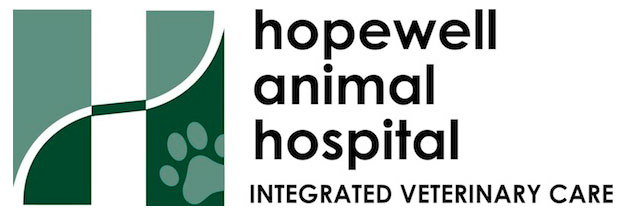
In this edition of our blog we will begin our look at Traditional Chinese Veterinary Medicine(TCVM). TCVM, in a nutshell, is a system of diagnosis and treatment that relies on integration and balance within the whole organism. This, simply put, means looking at the imbalances in the entire patient, and establishing a route to proper balance.
 The Chinese medical system consists of food, herbs, acupuncture, massage and energy promoting practices (animals generally do this on their own). Each of these things are utilized to get or keep an individual in balance. What is this balance we are talking about? Balance refers to a smoothly flowing system of energy within the body and “spirit” (mind/attitude).
The Chinese medical system consists of food, herbs, acupuncture, massage and energy promoting practices (animals generally do this on their own). Each of these things are utilized to get or keep an individual in balance. What is this balance we are talking about? Balance refers to a smoothly flowing system of energy within the body and “spirit” (mind/attitude).
When we are making a diagnosis with TCVM, we take into account the general constitution of the patient, as well as any energetic imbalances that may be present. There are 5 basic constitutional types, these correspond to different personality, behavioral, and body composition types. While this may seem strange, we all become aware of the basic constitution of people when we get to know them, such as the friend who is rigid in his ideas, or the women who is always outgoing and able to talk with anyone. Any being is primarily of a particular constitutional type (with a secondary influence), which determines how the body and mind responds and relates to the world. This is very important, as a patient will be more susceptible to particular illnesses, and more sensitive to certain things, and vulnerable to diseases during different times of the year and even within the day, depending upon their constitutional type. We determine constitutional type by observing the patient and asking certain relevant lifestyle questions, for example we may ask you if your cat prefers a blanket, or does your dog like to sit in front of the fireplace in the winter.
Also as important parts of diagnosis, are the immediate physical aspects of the patient, aside from the obvious presenting complaint. These consist of physical clues to the exact nature of the imbalance and include things like appearance of the tongue and coat, the quality of the pulses in specific locations, and other observable phenomena. Other information such as time of day, seasonality and relationships to other issues are other things we need to be aware of. This allows us to define the nature of the imbalances and categorize them. During this process we will prioritize problems, so as to balance the system in the most beneficial way of all involved.
The integration of all of this information allows us to determine the primary and secondary imbalances within the patient, and determine a course of action to regain balance and wellness. For pets with multiple systemic problems, we typically address the most “critical” problem first, so as to maximize quality of life for the patient and the family.
The importance of interaction with the patient cannot be over emphasized, as the most important diagnostics are through observation. This is why it is very important to work with a local practitioner of TCVM as you can not obtain this information over the phone or internet. It is particularly important to work with a local practitioner as many illness can have the same symptoms but very different underlying causes. A good illustration of this is diarrhea. Two patients may have diarrhea, caused by the same stresses on their system. One is a young, energetic, chubby dog and the other is an older, thin, quiet dog. The treatments for these two pets, while addressing the same outward condition, will be different, so as to maintain ideal balance in each individual.
Please feel free to contact Dr. Buchanan if you have TCVM questions or contact our office to set up a consult.
